Crafting Seamless Experiences
Where Innovation Meets User-Centric Design

Experience Design Is More Than Skin Deep
Human-Centered Design (HCD) framework is the key to the success for today’s digital transformation projects.
A successful digital transformation project needs to cover all three aspects: People, Business, Technology
Human-Centered Design connects all three aspects from a holistic approach and empowers Emotional Creativity, Process Creativity, Functional Creativity
Organizations are currently outsourcing their Infrastructure Management to trusted partners to

Why Experience Design Is Important
In today’s competitive digital landscape, the companies with top-quartile scores (4 key metrics on the right) for their digital transformation projects, outperformed industry-benchmark growth by as much as


A trusted partner delivering quality infrastructure management services
Successful IT infrastructure management relies on knowing specific IT infrastructure components and the most important tasks associated with managing each component. What you need is a trusted partner to help you ensure that your Infrastructure remains current, reliable, and highly available to continue to meet the changing needs of their business. ThoughtStorm is your partner

Investment in Infrastructure Management will have an immediate impact on your bottom line
Your IT infrastructure is core to the successful operation of your business. In today’s hyper-converged environment, you need to quickly respond to changing market dynamics, remain competitive, and delight your customers. Your IT infrastructure is expected to keep up with digital diversity changing pace and new approaches while keeping an eye on legacy investments, cost pressure and raising customer expectations. Leverage ThoughtStorm’s flexible delivery model, proven methodologies, standardized tools, and mature process to help you

Analytical Leadership

Analytical Leadership
Measure and drive design performance with the same rigor as revenues and cost.
Cross-Functional Talent

Cross-Functional Talent
Make use-centric design everyone’s responsibility not a siloed function.
Continuous Iterations

Continuous Iterations
De-risk development by continually listening, testing, and iterating with end-users.
User Experience

User Experience
Break down internal walls between physical, digital, and service design.
The Business Value Of Experience Design

First Impressions
The UI is the first thing users see when they interact with your product or website. A well-designed UI creates a positive first impression and can engage users from the moment they land on your site or open your app.
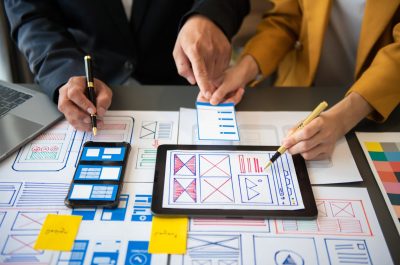
Usability
UX design focuses on making products easy to use. If users can’t easily navigate your application or website, they are likely to become frustrated and abandon it. Good UX design ensures that users can complete their tasks efficiently and effectively.

User Satisfaction
A well-designed UI and a seamless user experience can lead to higher user satisfaction. Satisfied users are more likely to return to your product, recommend it to others, and provide positive reviews.

Customer Retention
A great UX/UI design can help retain customers. Users are more likely to stick with a product that meets their needs, is enjoyable to use, and doesn’t cause frustration.

Operational Cost Reduction
Well-designed products require less customer support because users can easily find the information they need and complete tasks without assistance. It also reduces internal operational efficiency. All these lead to cost reduction.
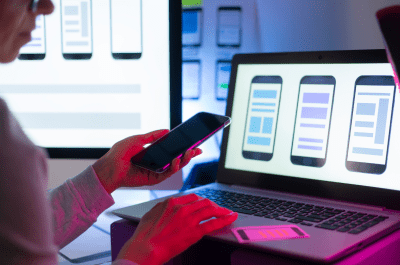
Accessibility
Proper UX/UI design includes considerations for accessibility, ensuring that your product is usable by people with disabilities. This not only expands your potential user base but also helps you comply with legal requirements
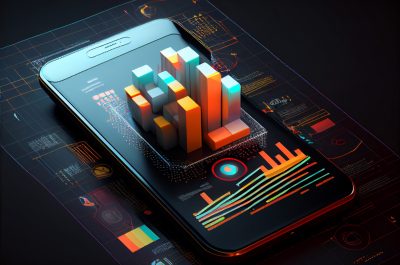
Analytics & Improvement
Good UX/UI design often involves data-driven decisions. You can collect user data and feedback to identify areas for improvement, leading to iterative enhancements that keep your product relevant and competitive.

Trust & Credibility
A professional and well-designed interface instills trust in users. It signals that your organization is committed to delivering a quality product or service.
Experience Design Is More Than Skin Deep
Customer experience impacts business performance thought-out each stage of the customer journey
In today’s competitive digital landscape, the companies with top-quartile scores (4 key metrics on the right) for their digital transformation projects, outperformed industry-benchmark growth by as much as:
- Analytical leadership – Measure and drive design performance with the same rigor as revenues and cost.
- Cross-functional talent – Make use-centric design everyone’s responsibility not a siloed function.
- Continuous iterations – De-risk development by continually listening, testing, and iterating with end-users.
- User experience – Break down internal walls between physical, digital, and service design.
Our User Experience Design Expertise Covers Entire User Journey
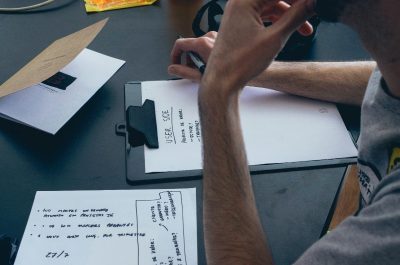
UX Strategy
- Human-Centre Design/Design thinking consulting and workshop
- UX strategy planning
- UX/UI design development roadmap
- UX/UI resource planning
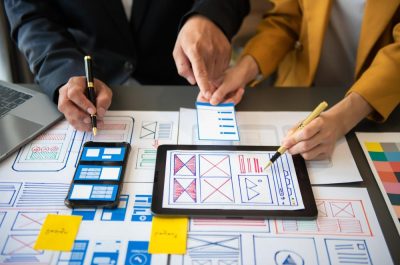
UX Design
- Journey mapping
- User flow/process mapping
- Wireframing
- Information Architecture (IA)
- Accessibility testing (UX)
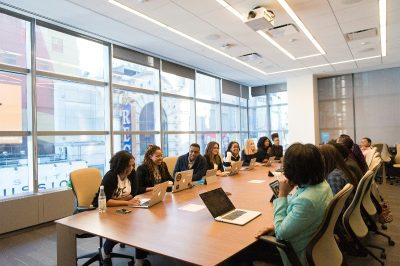
UX Research
- Propose, plan, and conduct user research and usability testing activities
- Competitive analysis/Market search
- Ongoing user behavior insight report
- Propose product improvement opportunities
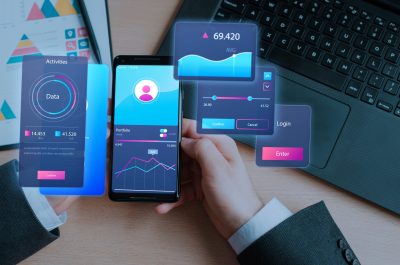
UI Design
- Conceptual development
- User interface development
- Design system development
- UI library setup
- Design file migration

CRO - ( Conversion Rate Optimization)
Implementing conversion tracking strategy
Propose product iteration direction
Plan and execute constant A/B testing, multi-variant testing, or 0/1 measurements for live produc
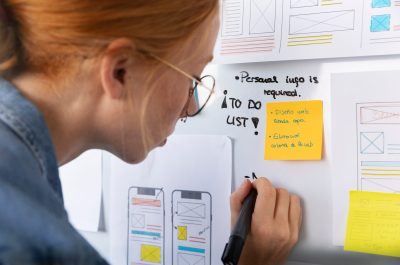
UX Writing
- Content strategy
- Concept development
- Content development
- Proof reading/Content QA
- Accessibility testing (Content)
Our Human-Centered Design Process
Human-Centered Design is not a linear process but a cyclical one, where you may revisit and repeat phases as needed to achieve the best possible outcome. It emphasizes empathy, creativity, and a user-centric approach to problem-solving.
01: Empathize
Understand the User: Start by empathizing with the people you are designing for. This involves conducting research, interviews, surveys, and observations to gain a deep understanding of their needs, desires, and challenges.
Create Personas: Develop user personas to represent different user groups, which can help in visualizing and addressing user needs more effectively.
02: Define
Identify the Problem: Based on the insights gathered during the empathy phase, define the core problem or challenge you want to address. It’s important to frame the problem statement in a way that is specific and user-centered.
Create a Problem Statement: Clearly articulate the problem statement, which will serve as a guiding focus throughout the design thinking process.
03: Ideate
Generate Ideas: Encourage creative brainstorming sessions where team members produce a wide range of potential solutions, without judgment. Use techniques like mind mapping, brainstorming, or the “How Might We” approach to spark ideas.
Storyboarding and Sketching: Visualize and sketch out potential solutions, scenarios, or user journeys to communicate and refine concepts.
04: Prototype
Create Low-Fidelity Prototypes: Build low-cost, low-fidelity prototypes of your design concepts. These can be paper sketches, wireframes, or digital mockups. The goal is to quickly test and iterate on ideas.
Iterate: Continuously refine and improve your prototypes based on user feedback and testing results. This phase involves multiple iterations to get closer to the final solution.
05: Test
User Testing: Conduct usability testing with real users to gather feedback on your prototypes. Observe how users interact with the design, listen to their feedback, and identify pain points or areas for improvement.
Iterate Again: Based on the feedback received during testing, make necessary changes and refinements to your prototypes. This process may involve going back to the ideation or prototyping phases.
06: Implement
Develop the Final Solution: Once you have a refined and tested prototype, move forward with developing the final solution, whether it’s a digital product, a service, or a physical product.
Iterate Continuously: Even after implementation, continue to gather user feedback and make improvements to ensure that the solution remains user-centered and effective.
Talk to Our Experts
Nan Chen
Throughout his 15-year professional career, Nan has accumulated rich experience from working at both large and boutique digital marketing agencies. Through these experiences, he has developed a deep understanding of UX research and design, contributing to the establishment of a strong UX practice and creating success stories for clients. Building successful digital products that make a difference in our lives has been a central focus. Over the years, by collaborating with great teams and seizing the right opportunities, he has broadened his understanding and sharpened his skills in Digital Product Strategy, UX/UI Design, Brand and Art Direction, and Digital Product Delivery.



